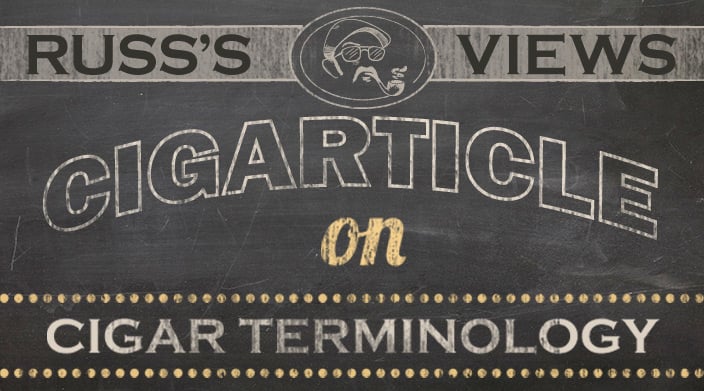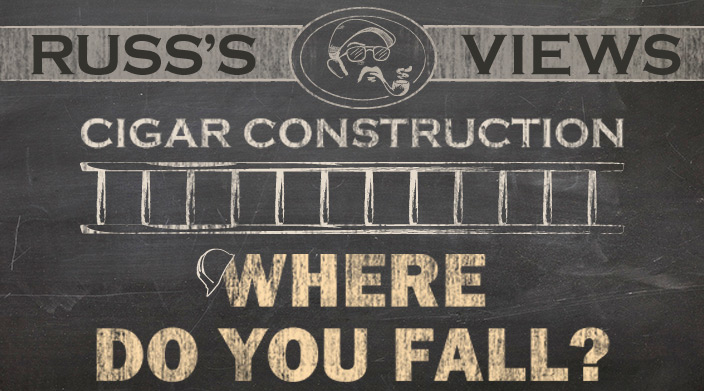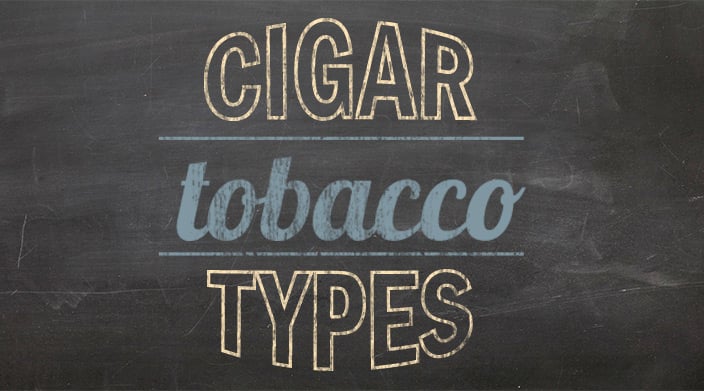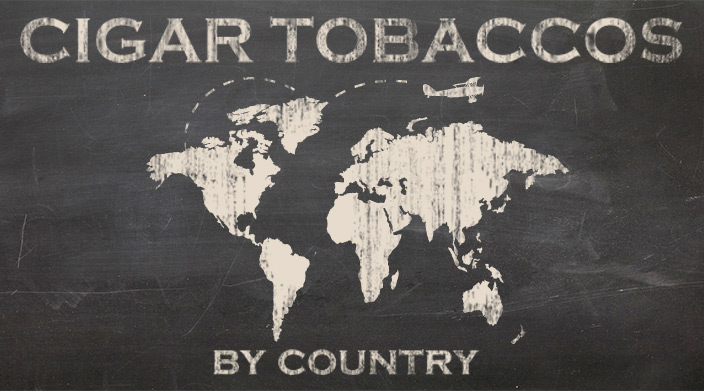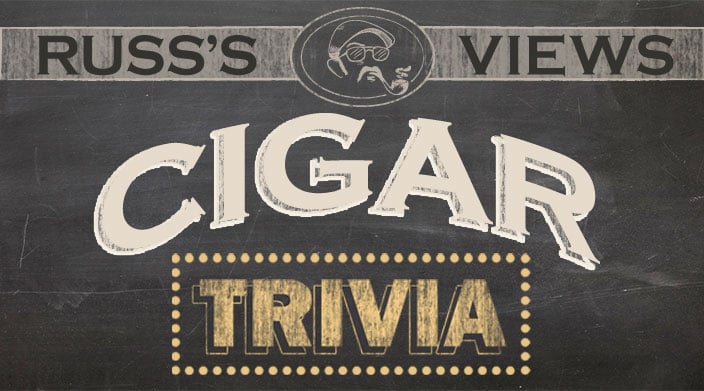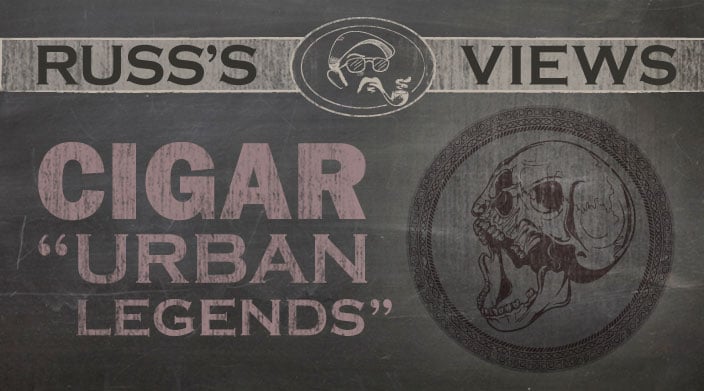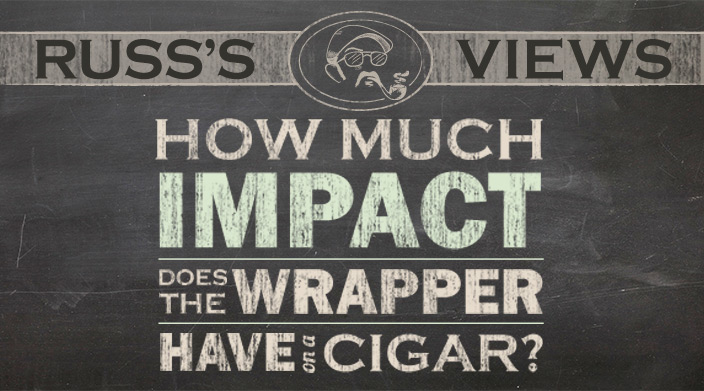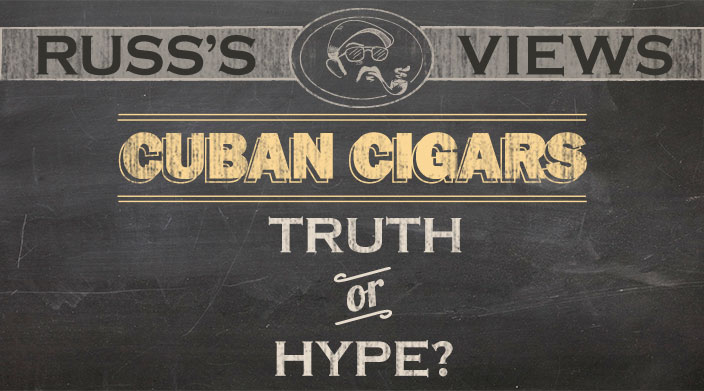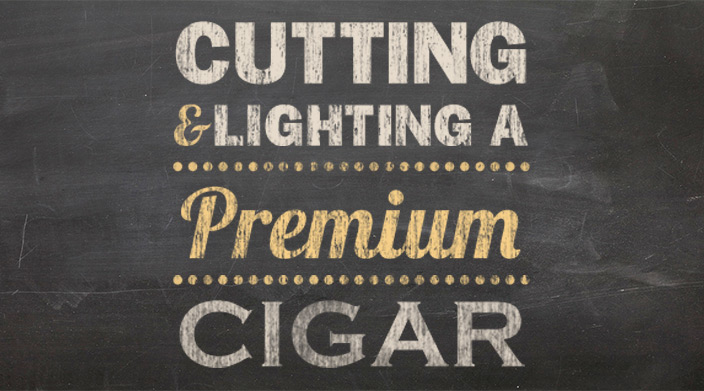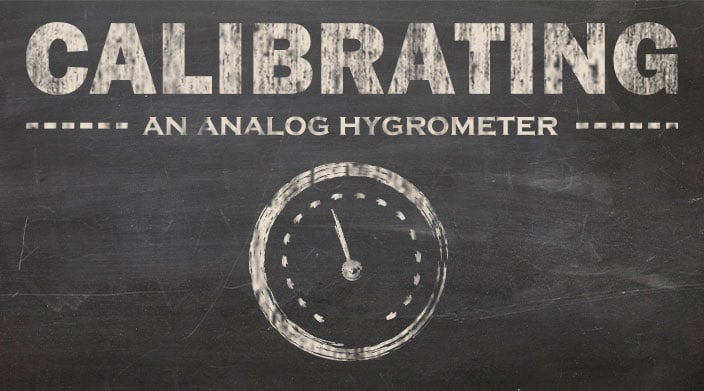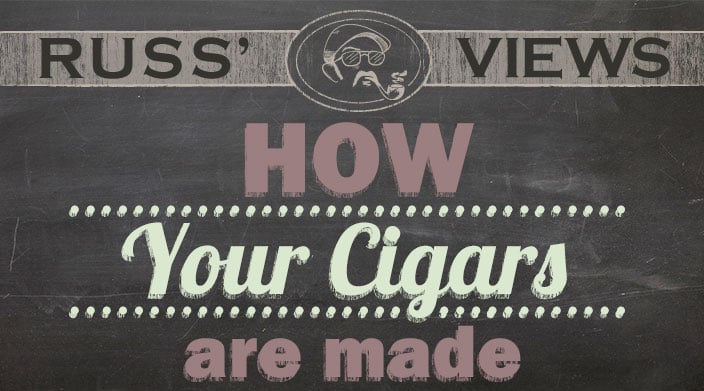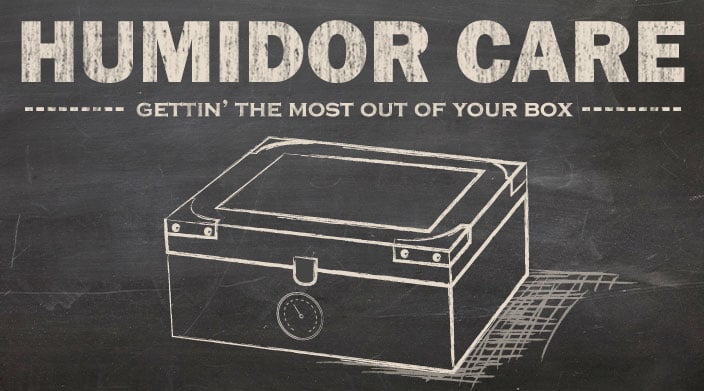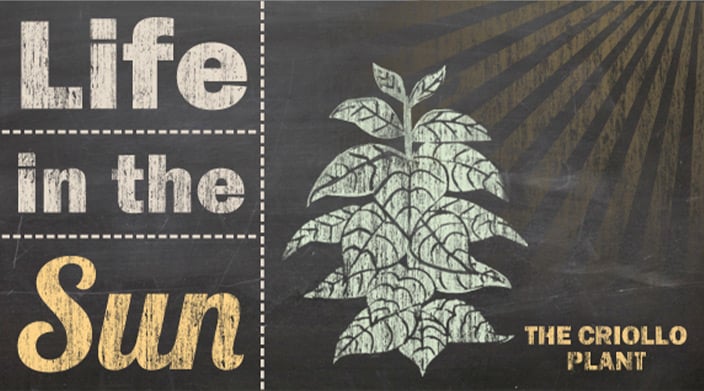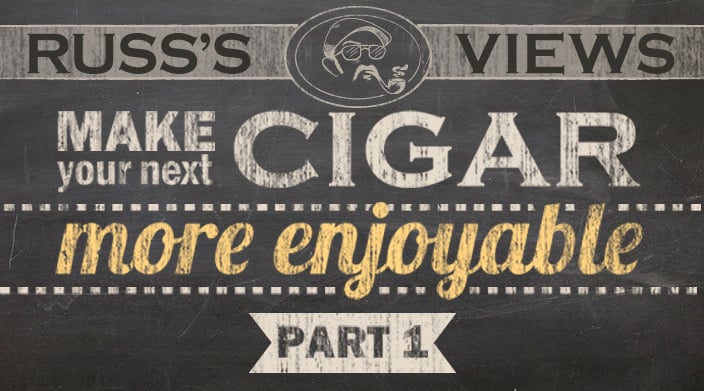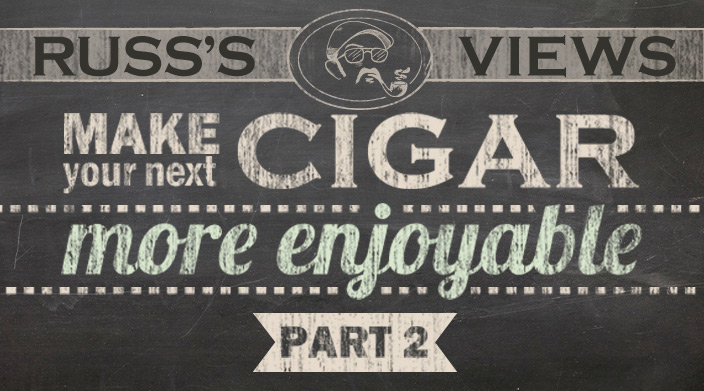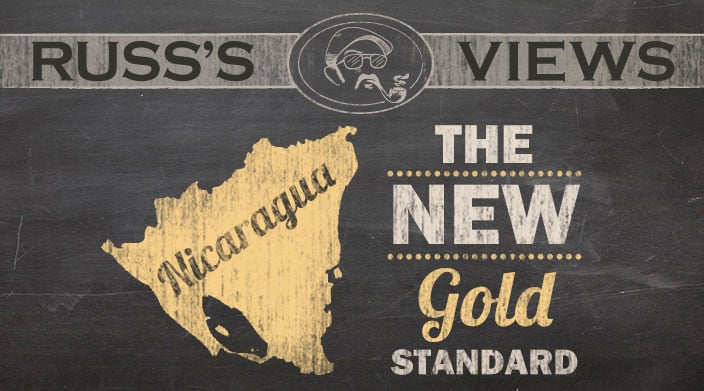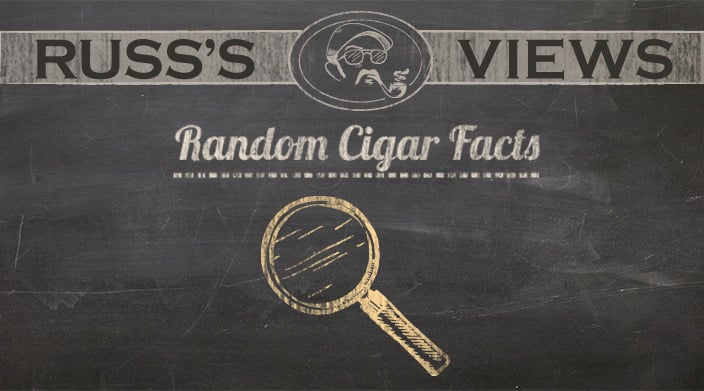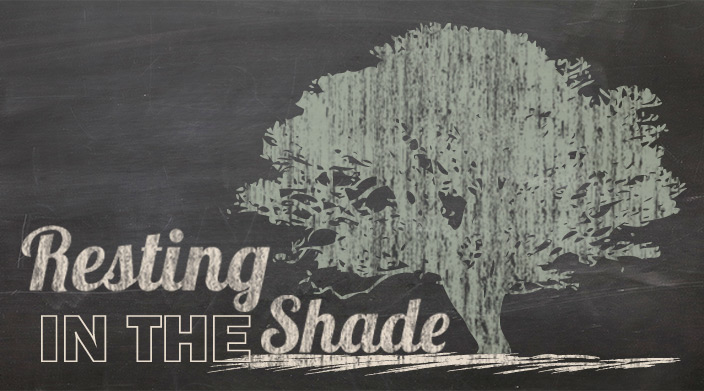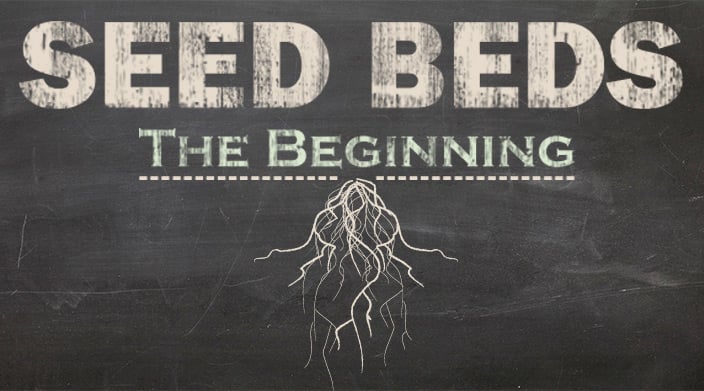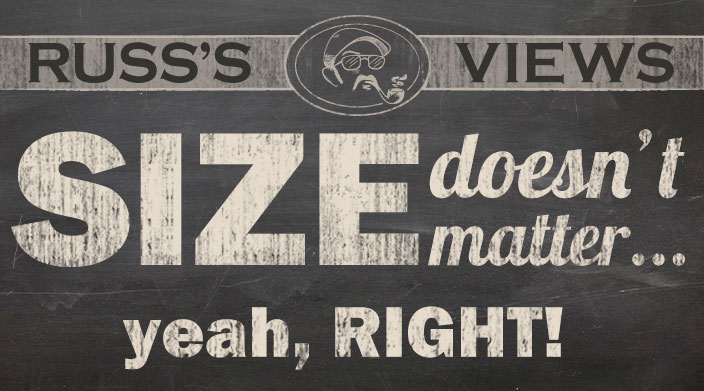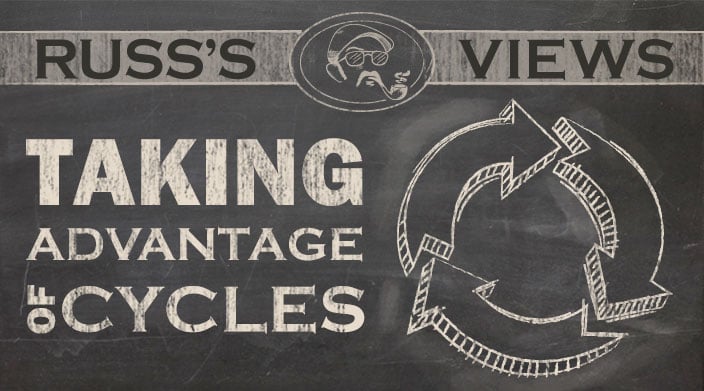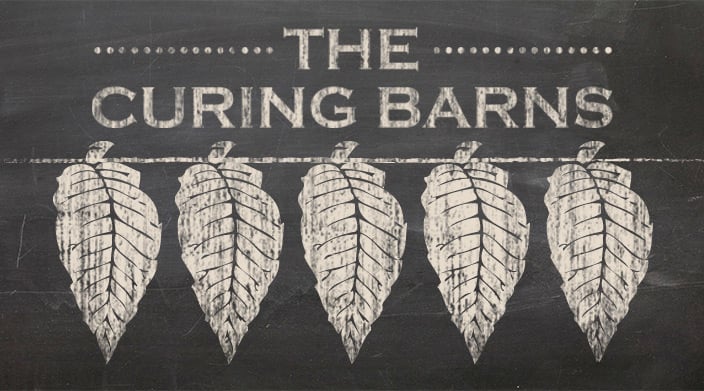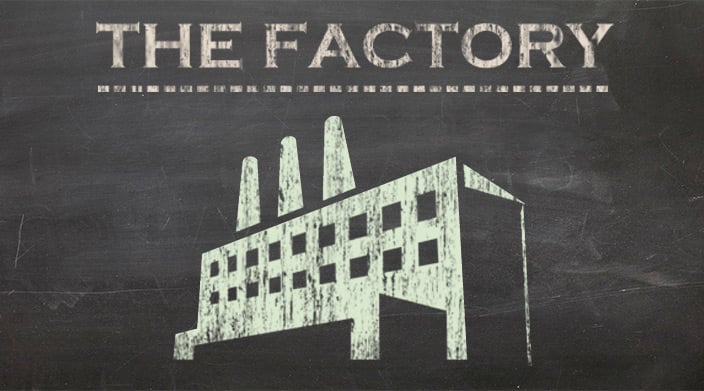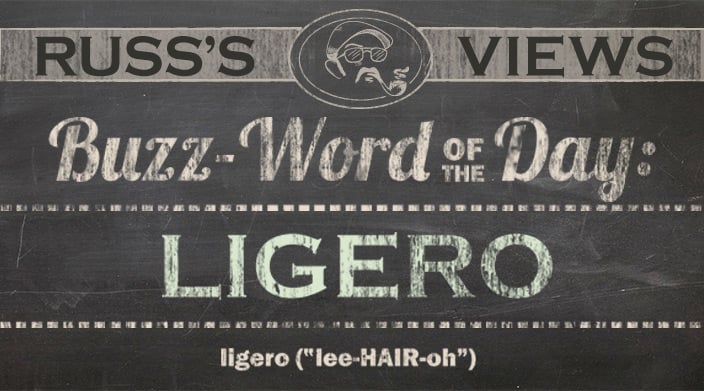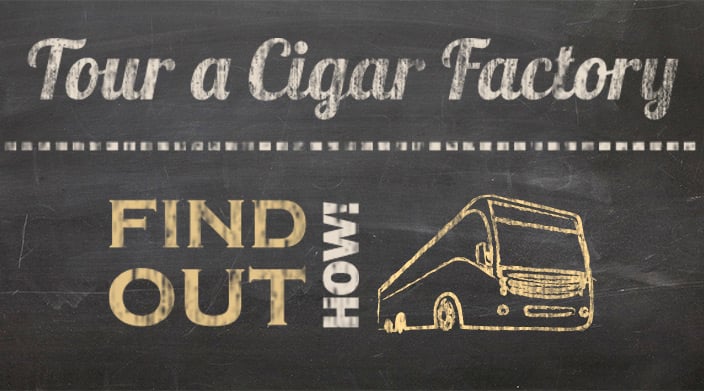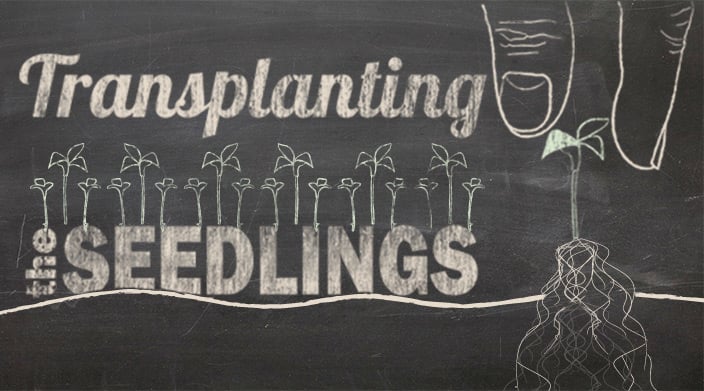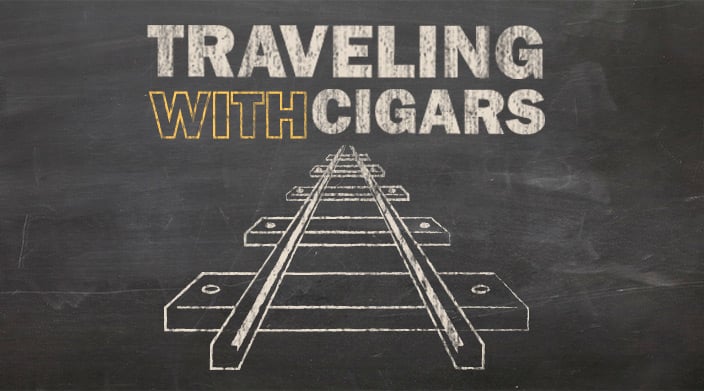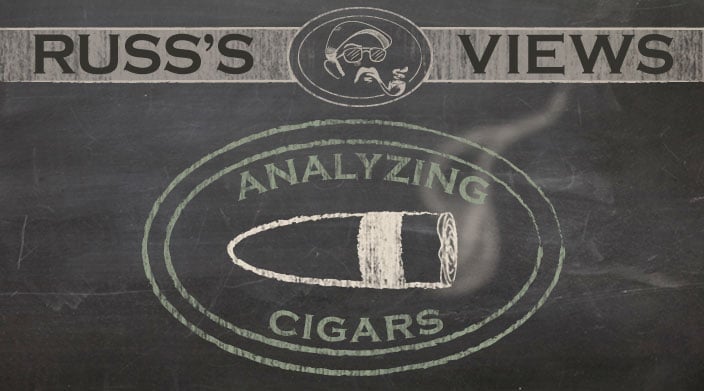In the last article I wrote, I put some definitions of cigar terms at the end. After giving it a bit of thought, I figured that I should pursue this a little further and supply some more, so here they are:
Wrapper- The leaf that is spiral wrapped around the outside of a cigar.
Binder- The leaf underneath the wrapper which holds the filler together while in the mold.
Filler- The tobacco in the center of the cigar which makes up the bulk of its mass.
Bunch- The filler and binder when put together prior to rolling.
Vitola- The name of the shape of a cigar (i.e.- robusto, toro, Churchill, torpedo, etc.)
Figurado- A cigar with a pointed head (torpedos, diademas, perfectos, and belicosos are all figurados).
Parejo- A straight-sided cigar with a rounded or flattened head (robustos, coronas, and Churchills are all examples of parejos).
Candela- A wrapper leaf that is noticeably green in color. The color is achieved by exposing the leaf to heat shortly after harvesting which “fixes” the chlorophyll in the leaf. Often used interchangeably with claro, but less so today, as the term claro has come to mean a blonde colored cigar. Double claro, however, still refers to a greenish wrapper. Candela wrappers generally impart a slightly sweet, vegetal flavor with a slight bitter edge.
Claro- In current parlance, claro is a light tan or blonde wrapper, the best example of which is Connecticut Shade. Claro wrappers generally indicate a mellower cigar, as the wrapper itself tends to have leathery flavor with a slight peppery-ness.
Natural- A wrapper color that is light brown or tan. As color is not necessarily an indication of strength, it would be inaccurate to say that a cigar with a natural wrapper will be mellow to medium bodied, but it will be true in the majority of cases.
Colorado- A wrapper leaf with a reddish cast and a color like old brick. The dark rust hue generally gives an indication of spiciness, although this is not always true. Some companies call this wrapper color Rosado.
Colorado maduro- A wrapper with a deep, rich reddish-brown color, usually shiny and oily and full-flavored like the Corojo wrapper on the Gran Habano #5 series.
Maduro- A dark brown wrapper often mistakenly thought of as strong (as in spicy). In actuality, maduro cigars tend to be somewhat sweet due to the caramelization of the sugars in the leaf. Maduros tend to be rich and full-bodied, but not normally overly strong.
Oscuro- The darkest of wrapper leaves. When achieved naturally, it is done by allowing the tobacco to reach a fermentation temperature of 140 to 160 degrees. Sometimes manufacturers will artificially dye the wrappers to attract the oscuro smoker, but since they use a molasses-based dye to do so, there’s a noticeable hint of non-tobacco sweetness, and the color can stain the smoker’s fingers and lips.
Frontmark- A series or shape that is a subset of a brand. For example- Hoyo de Monterrey Excalibur- Hoyo de Monterrey is the brand and Excalibur is the frontmark; or, Punch Rothschild- Punch being the brand name and Rothschild being the frontmark.
Ligero- The leaves from (generally) the top five rows of leaves on a cigar tobacco plant. Specifically, the top two rows are often referred to as corona. These are the last leaves to be harvested and receive the most sunlight and nutrients, which also makes them the strongest flavored. Ligero leaves are used to create more body in a cigar. But the strain of tobacco and the place that it’s grown has more impact than the location on the plant. Ligero from a Connecticut Valley shade plant will still be mellower than viso (the next priming below ligero) from a Nicaraguan Corojo plant from the Esteli region.
Viso- The priming just below the ligero section of a cigar tobacco plant (upper middle) which is still fairly robust, depending upon the strength of the plant.
Seco- The priming below the viso on a cigar tobacco plant which is generally a fairly mellow leaf and is mostly used in the filler. The leaves start becoming fairly large when going down as far as the seco region.
Volado- The large leaves in the bottom rows of a cigar tobacco plant. These are usually the smoothest leaves and used mostly as filler.
Sand leaves- The bottommost row of leaves of a cigar tobacco plant which are normally discarded or composted.
Bulk- The term which describes the bales of tobacco during the fermentation stage. The process of piling up the bales to create the pressure necessary for proper fermentation is called bulking.
8-9-8- A cigar shape, usually around the size of a Lonsdale or cazadore, named for the type of box in which they are packed. An 8-9-8 box normally has rounded sided so it can be packed with a bottom row of eight cigars, a middle row of nine, and a top row of eight. The most famous is the Cuban Partagas 8-9-8.
Entubar- A traditional Cuban method of cigar rolling. To make a cigar with this method, the filler leaves are laid out in an overlapping manner, and the filler is rolled up in the shape of a tube. This makes for a fully-packed bunch which burns more slowly and evenly than from other methods.
Booking- Another way to bunch filler tobacco, by folding it upon itself. Bunches made this way are less dense than those rolled entubar, and makes for a faster burning cigar with a greater chance of an uneven burn.
Pigtail- A different method of finishing the head of a cigar as opposed to using a cap or making a figurado. When the roller reaches the head end of the cigar, (s)he will tightly twist the wrapper leaf to create a little “tail.” Oftentimes the roller will turn the tail into a tight, bulky knot. To smoke the cigar, one can cut the pigtail off, or twist the pigtail until it snaps off, leaving a hole to draw through.
I’m sure that I’ll have more of these coming, so keep an eye out.




